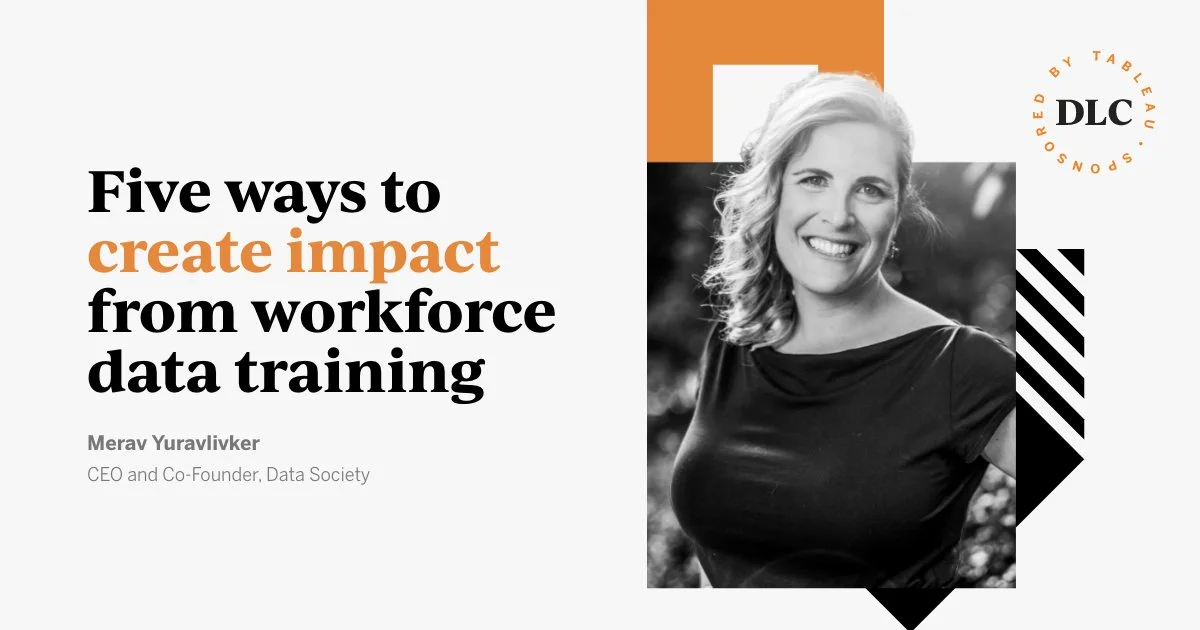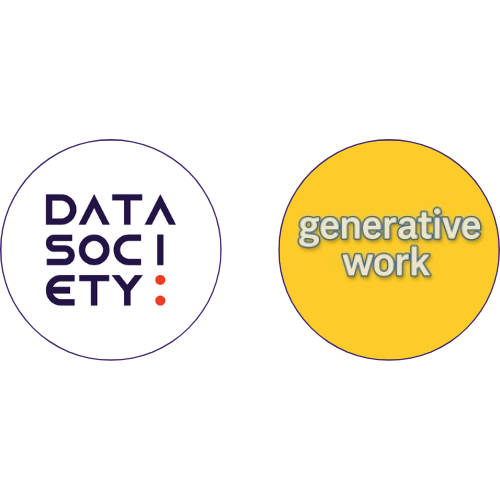Originally appeared in Data Leadership Collaborative

I get it.
Workforce training is tough. You and your colleagues are busy with your day jobs. You probably have a full life outside of work. Despite the fact that the internet has a lot of free data training courses, and most companies have access to at least one learning platform, carving out the time and dedicating it to learning a new skill is a big ask. Even bigger is understanding how to apply your team’s data science lessons in the appropriate context on the job.
Yet the outcomes most organizations can realize from a strong data program are seductive. Here are a few examples we’ve seen at Data Society:
- An organization that automated grant application sorting and processing based on topic and research type. By achieving a 90 percent accuracy rate, they saved hundreds of hours per month, allowed the grants team to develop their program more effectively, and saved more than $1 million over the course of one year.
- A company that used data about parking activity (and even weather) to optimize where to place 20 electric car charging stations in each lot they owned. When the stations are installed, they will generate $2 million a year, an entirely new revenue stream they hadn’t even considered before.
- A medical device company that used a data algorithm to understand defect rates and pinpoint where they were coming from, saving countless lives and dollars.

